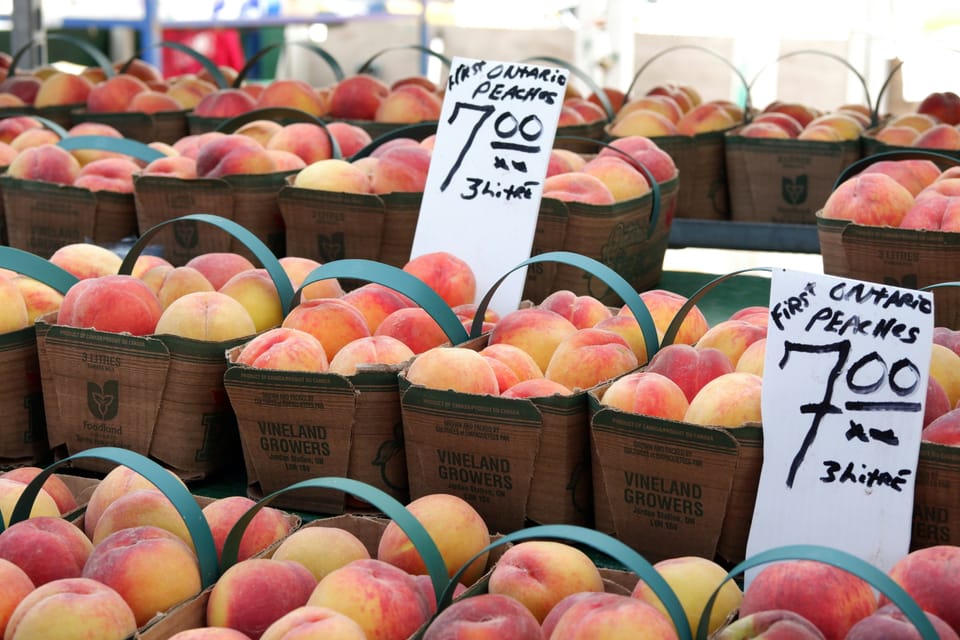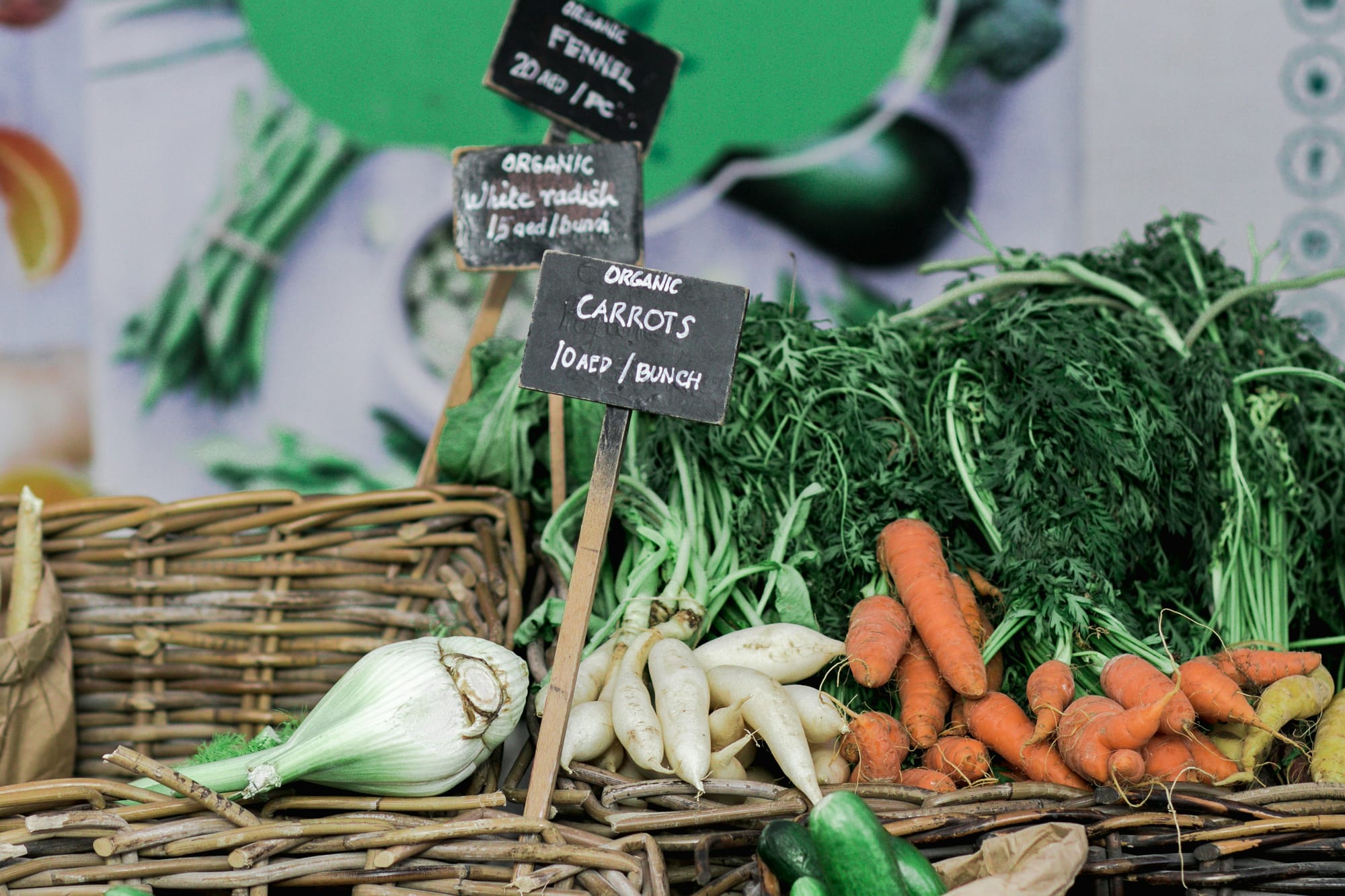Growing Passion for Local Produce: How Millennials, Gen Z, and Families Are Embracing Fresh, Sustainable, and Community-Driven Food

Lately, there’s been a noticeable buzz around local produce, especially among younger folks and families with kids—and it’s only getting bigger. The 2025 Fresh Trends survey shows millennials and Gen Z are leading the charge, with nearly half of them saying they’re buying more local fruits and veggies than last year. Plus, about two-thirds of all shoppers feel super passionate about choosing local. Families with kids are even more on board—almost 8 out of 10 say buying local really matters to them, compared to 6 out of 10 without kids. So, what’s behind this growing love for local produce? It’s a mix of values, lifestyle choices, and some pretty solid perks such as:
- Health and Freshness: Younger generations are highly motivated by health and wellness. They perceive local produce as fresher, tastier, and more nutritious because it is harvested closer to peak ripeness and travels shorter distances from farm to table.
- Sustainability and Environment: Millennials and Gen Z are especially concerned about the environment. Buying local produce is seen as a way to reduce carbon footprint, support sustainable and green farming practices, and protect local ecosystems—all of which align with their values.
- Community and Social Impact: This age group values supporting local farmers and small businesses. They see purchasing local food as a way to strengthen their communities and foster direct relationships with producers. The desire for transparency in food sourcing and knowing exactly where and how food is grown is very important.
- Tech Savvy and Interactive Shopping: New technology—including apps with real-time market information, QR codes, and interactive maps—makes it easy for these digitally native consumers to discover, connect with, and support local producers.
- Culinary Exploration and Diversity: Millennials and Gen Z are more adventurous eaters, interested in unique flavors, heirloom varieties, and culturally diverse foods. Local markets often provide access to specialty and heritage items not found in conventional stores, allowing for greater experimentation and creativity in cooking.
- Family Engagement and Values: Families with children are particularly engaged with local produce because of the perceived health benefits for their kids, the chance to teach children about where food comes from, and community experiences like farmers markets.
What Counts as “Local” Anyway?
When we talk about local produce, we mean food that’s grown, picked, and sold close to where you live. The exact distance can vary—sometimes it’s within 100 miles, sometimes up to 400 miles or just within the same state. But the big idea is to keep food travel short, so it stays fresh, supports nearby farmers, and keeps our communities strong and sustainable.
One of the coolest parts of eating local? Going with the seasons! Eating foods that are in-season and grown nearby means you get the freshest flavors possible. Think farmers markets, produce subscription boxes, and even urban farms popping up in city neighborhoods. These community gardens and home hydroponics setups are making fresh, local food easier to find—even in places where it used to be tough to get.
Why Bother Eating Local? Here’s Why It’s Worth It!
- Freshness That You Can Taste: Local fruits and veggies are usually picked at just the right time and get to you fast, so they’re juicy, flavorful, and way better than stuff that’s traveled across the country.
- More Nutrition, Less Time in Transit: Because local food doesn’t spend days or weeks in trucks and warehouses, it holds onto more of its vitamins and minerals. That means your plate is packed with more goodness.
- Boosts the Local Economy: When you buy local, your money stays in the community. It helps farmers, small businesses, and even creates jobs. Basically, you’re helping your neighbors thrive!
- Great for the Planet: Less distance traveled means fewer greenhouse gas emissions. Plus, local farms often use more earth-friendly ways to grow food—protecting soil, water, and green spaces.
- Safer and More Transparent: Fewer middlemen mean less chance of contamination. And since you can often chat with the farmers directly, you know exactly where your food is coming from and how it’s grown.
- Seasonal Variety & Biodiversity: Eating local means enjoying nature’s changing menu—from heirloom tomatoes to heritage apples. It helps keep farming diverse and exciting, and brings tons of tasty flavors to your table.
- Community Vibes: Visiting farmers markets or co-ops isn’t just about food—it’s also a social thing. You meet people, learn stories behind your food, and build connections that make your neighborhood feel more like home.
- Healthier, Happier Eating: Local food tends to be less processed and fresher, encouraging you to eat more whole, nutrient-rich foods. It’s a simple way to boost your health and feel good about what you're putting on your plate.

Where to Shop for Local Produce?
A top resource for finding local farmers markets across the United States is the USDA's National Farmers Market Directory. Here are some apps to help people find local farmers markets:
- Soko Farmers Market App: Lets users discover local markets, connect with farmers, get live updates, preorder produce, and even pay using their mobile device. Soko is known for its user-friendly approach and vendor accessibility.
- American Farmers Markets App: Uses advanced location-based technology and an extensive database to guide users to local, organic, farm-fresh food. Features geolocated search, in-app directions, real-time schedules, and the ability to crowdsource updated info from users.
- Farmstand App: Lists over 8,700 farmers markets globally. It connects shoppers with markets for locally grown food by letting users sort by location and hours, post pictures, share finds, and browse info shared by the community.
- Farmish Marketplace App: A newer platform focused on local food, backyard produce, eggs, honey, plants, and more. It allows buying and selling directly from locals—not just producers—building a hyper-local food network.
- Eat Well Guide (Farm Aid): An online directory for finding family farms, markets, and outlets for locally grown food throughout the United States.
- LocalHarvest: which features a searchable map and directory of farmers markets, CSA farms, and local producers.
Tips to Make Eating Local a Breeze
Eating local all the time might feel a bit tricky, but don’t worry—there are plenty of simple ways to bring more fresh, local goodness into your meals whenever you can!
- Start Small and Slow: You don’t have to go 100% local overnight. Try adding just a few local or seasonal items to your shopping list each week. Little changes add up fast.
- Chat with Your Farmers: Get to know local farmers and food producers in your area--spark up a conversation at the local farmer's market. Ask about what’s fresh and available throughout the year—you might get some insider tips or seasonal favorites you haven’t tried before.
- Hit Up Farmers Markets and Co-ops: These spots are gold mines for local finds. Make them part of your regular shopping routine for the freshest picks.
- Save for Later: When local fruits and veggies are abundant, freeze, can, or preserve them so you can enjoy that local flavor all year round.
- Dine Out Locally: Look for restaurants that highlight local ingredients (they usually shout it out on their menus or websites). It's a tasty way to support local farmers and eat seasonally.
- Grow Your Own: Even if you don’t have a big garden, a few herbs or veggies in a planter box can be super rewarding—and incredibly fresh.
Remember, eating local isn’t about perfection, it’s about doing what feels good and doable for you. Every small step helps support your community, the planet, and your taste buds.
Final Thoughts
These days, more and more people—especially younger folks and families—are getting excited about local produce, and it’s easy to see why. Choosing local means you’re getting fresher, tastier, and healthier food while also helping out your local farmers and doing something good for the planet. Sure, eating local might take a little extra planning and getting used to seasonal changes, but honestly, it’s totally worth it. It helps you feel more connected to your food and your community. Eating local isn’t just a trend—it’s a smart, down-to-earth way to make your meals better and support a brighter, more sustainable future.